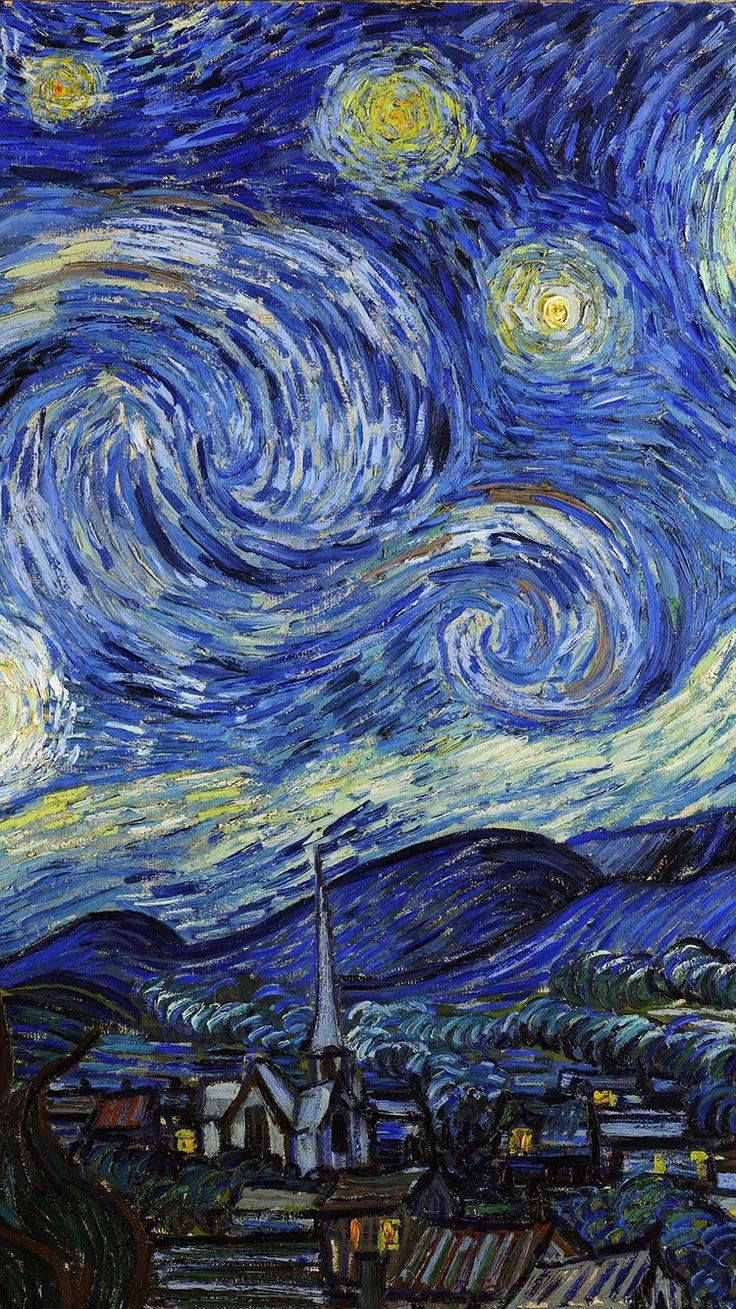Color Management On Circular Palette
- Euphoria Art
- Sep 19, 2021
- 3 min read
“An art is a poem without words”
Hello guys ! today content is about color management. Color management when making art prints is ensuring that the color you see on your computer screen is true to the color that prints out on the paper. we're gonna talk about how it felt during the making of color management.

When I started teaching new painting students it became apparent that the vast array of colors offered overwhelmed them. I needed a visual system that would teach students how color works. When I was introduced to The Fletcher System it suggested a tool to help my students understand the principles of mixing color. From the Fletcher System I developed my way of teaching students color management.
Arranging colors on a circular palette quickly organizes your colors for intensity as well as temperature. The system has quickly produced cleaner and more harmonious results for my students. Limiting the palette colors and carefully mixing colors on the palette rather than on the painting helps to keep colors harmonized and clean. I love color and have never been satisfied with a set palette. Every color that you can buy fits somewhere on the circular palette and knowing where to place that color and how to mix it makes the rainbow of available colors yours to play with.
Basically , My palettes are constantly changing depending on the mood and tone of the painting. For every color on the color wheel I have warm and cool versions of that hue. I let the subject matter suggest which colors will be on my palette and I avoid adding additional colors. The palette, if tuned carefully, will yield all that I need and will be harmonious. An understanding of what colors will do when mixed needs to be developed but the circular palette is a visual guide to how to effectively mix and neutralize your colors. Every time you mix two colors you are neutralizing them to some degree but the key is to control the neutralization.
Gaining a working understanding of how colors mix will allow an artist to choose which hue of red, blue or yellow will best do the work. You may eventually settle on a consistent palette of colors but how much more fun it is to be able to use any color with authority. Mastering color is a never ending delightful voyage. I still find it fascinating to introduce new colors by running strings of colors to see how the new color mixes and how well they stand up to the addition of white.
I can make the yellows that l need by mixing the Scarlet Sienna and the Rousseau Green creating a yellow that is in effect harmony with my palette. Blue is achieved by mixing the violet and blue green making a beautiful harmonized blue. I also have black which mixed with white making a very lovely greyed blue. White and black will also heighten and lower the value of colors as needed. When the painting reaches its last stage of development I may choose to add a booster color, but that would only be used by mixing it with one of
the original palette colors. The key here is to keep the colors in their correct place on the wheel so cross mixing is visually controlled.
For beginners, first study the primary colors and secondary colors , make color wheels , and learn those colors deeply. That's how you make color management.






Comments